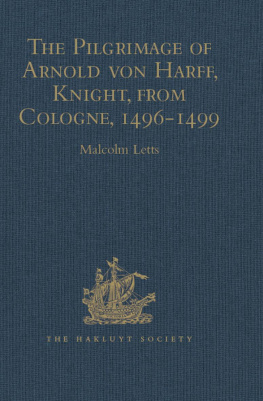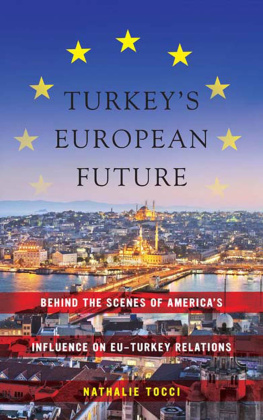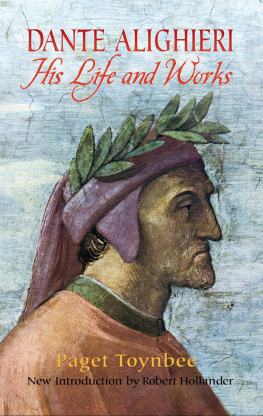I THE PAST
II THE PRESENT
III THE FUTURE
I
Table of Contents
What is Turkey? It is a name which explains nothing, for no formula can embrace the variety of the countries marked "Ottoman" on the map: the High Yemen, with its monsoons and tropical cultivation; the tilted rim of the Hedjaz, one desert in a desert zone that stretches from the Sahara to Mongolia; the Mesopotamian rivers, breaking the desert with a strip of green; the pine-covered mountain terraces of Kurdistan, which gird in Mesopotamia as the hills of the North-West Frontier of India gird the Plains; the Armenian highlands, bleak as the Pamirs, which feed Mesopotamia with their snows and send it the soil they cannot keep themselves; the Anatolian peninsulaan offshoot of Central Europe with its rocks and fine timber and mountain streams, but nursing a steppe in its heart more intractable than the Puszta of Hungary; the coast-landsTrebizond and Ismid and Smyrna clinging to the Anatolian mainland and Syria interposing itself between the desert and the sea, but all, with their vines and olives and sharp contours, keeping true to the Mediterranean; and then the waterway of narrows and land-locked sea and narrows again which links the Mediterranean with the Black Sea and the Russian hinterland, and which has not its like in the world.
The cities of Turkey are as various as the climes, with the added impress of many generations of men: Adrianople, set at a junction of rivers within the circle of the Thracian downs, a fortress since its foundation, well chosen for the tombs of the Ottoman conquerors; Constantinople, capital of empires where races meet but never mix, mistress of trade routes vital to the existence of vast regions beyond her horizonCentral Europe trafficking south-eastward overland and Russia south-westward by sea; Smyrna, the port by which men go up and down between Anatolia and the Aegean, the foothold on the Asiatic mainland which the Greeks have never lost; Konia, between the mountain girdle and the central steppe, where native Anatolia has always stood at bay, guarding her race and religion against the influences of the coasts; Aleppo, where, if Turkey were a unity, the centre of Turkey would be found, the city where, if anywhere, the races of the Near East have mingledbuilding their courses into her fortress walls from the polygonal work of the Hittite founders to the battlements that kept out the Crusadersand now the half-way point of a railway surveyed along an immemorially ancient route, but unfinished like the history of Aleppo herself; Van by its upland lake, overhanging the Mesopotamian lowlands and with the writing of their culture graven on its cliffs, yet living a life apart like some Swiss canton and half belonging to the infinite north; Bagdad, the incarnation for the last millennium of an eternal city that shifts its site as its rivers shift their bedsfrom Seleucia to Bagdad, from Babylon to Seleucia, from Kish to Babylonbut which always springs up again, like Delhi, within a few parasangs of its last ruins, in an area that is an irresistible focus of population; Basra amid its palm-groves, so far down stream that it belongs to the Indian Oceanthe port from which Sinbad set sail for fairyland, and from which less mythical Arab seamen spread their religion and civilisation far over African coasts and Malayan Indies; these, and besides them almost all the holy cities of mankind: Kerbela, between the Euphrates and the desert, where, under Sunni rule, the Shias of Persia and India have still visited the tombs of their saints and buried their dead; Jerusalem, where Jew and Christian, Orthodox, Catholic and Protestant, Armenian and Abyssinian, have their common shrines and separate quarters; Mekka and Medina in the heart of the desert, beyond which their fame would never have passed but for a well and a mart and a precinct of idols and the Prophet who overthrew them; and there are the cities on the Pilgrim Road (linked now by railway with Medina, the nearer of the Haramein): Beirt the port, with its electric trams and newspapers, the Smyrna of the Arab lands; and Damascus the oasis, looking out over the desert instead of the sea, and harbour not of ships but of camel-caravans.
The names of these cities call up, like an incantation, the memory of the civilisations which grew in them to greatness and sank in them to decay: Mesopotamia, a great heart of civilisation which is cold to-day, but which beat so strongly for five thousand years that its pulses were felt from Siberia to the Pillars of Hercules and influenced the taste and technique of the Scandinavian bronze age; the Assyrians, who extended the political marches of Mesopotamia towards the north, and turned them into a military monarchy that devastated the motherland and all other lands and peoples from the Tigris to the sea; the Hebrews, discovering a world-religion in their hill-country overlooking the coast; the Sabaeans, whose queen made the first pilgrimage to Jerusalem, coming from Yemen across the Hedjaz when Mekka and Medina were still of no account; the Philistines and Phoenicians of the Syrian sea-board, who were discovering the Atlantic and were too busy to listen to the Hebrew prophets in their hinterland; the Ionians, who opened up the Black Sea and created a poetry, philosophy, science, and architecture which are still the life-blood of ours, before they were overwhelmed, like the Phoenicians before them, by a continental military power; the Hittites, who first transmitted the fruitful influences of Mesopotamia to the Ionian coastsa people as mysterious to their contemporaries as to ourselves, maturing unknown in the fastnesses of Anatolia, raising up a sudden empire that raided Mesopotamia and colonised the Syrian valleys, and then succumbing to waves of northern invasion. All these people rose and fell within the boundaries of Turkey, held the stage of the world for a time, and left their mark on its history. There is a romance about their names, a wonderful variety and intensity in their vanished life; yet they are not more diverse than their modern successors, in whose veins flows their blood and whose possibilities are only dwarfed by their achievements.
There were less than twenty million people in Turkey before the War, and during it the Government has caused a million or so to perish by massacre, starvation, or disease. Yet, in spite of this daemoniac effort after uniformity, they are still the strangest congeries of racial and social types that has ever been placed at a single Government's mercy. The Ottoman Empire is named after the Osmanli, but you might search long before you found one among its inhabitants. These Osmanlis are a governing class, indigenous only in Constantinople and a few neighbouring towns, but planted here and there, as officers and officials, over the Ottoman territories. They come of a clan of Turkish nomads, recruited since the thirteenth century by converts, forced or voluntary, from most of Christendom, and crossed with the blood of slave-women from all the world. They are hardly a race. Tradition fortified by inertia makes them what they are, and also their Turkish language, which serves them for business of state and for a literature, though not without an infusion of Persian and Arabic idioms said to amount to 95 per cent. of the vocabulary[1].









